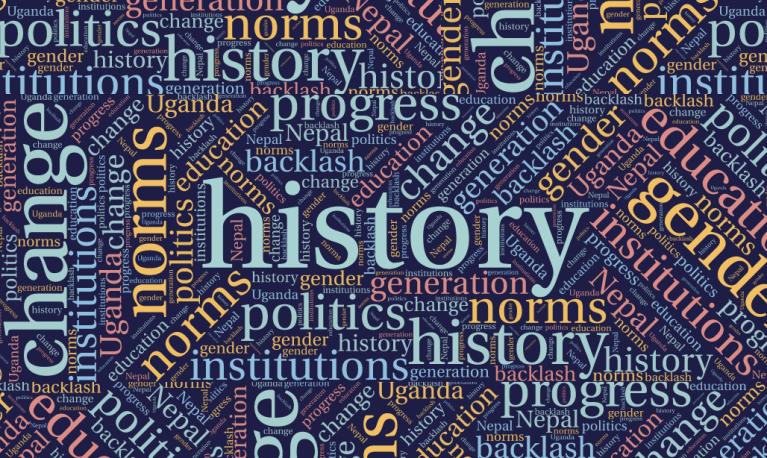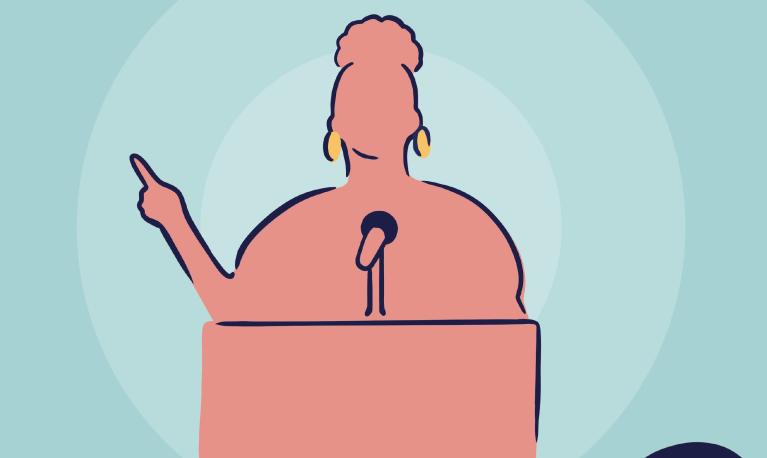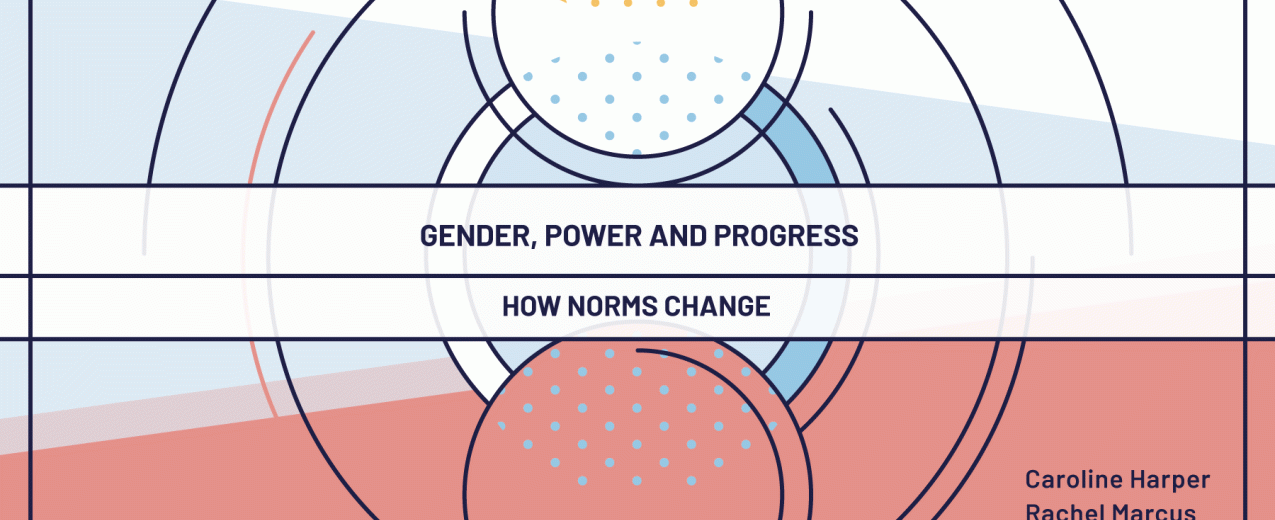

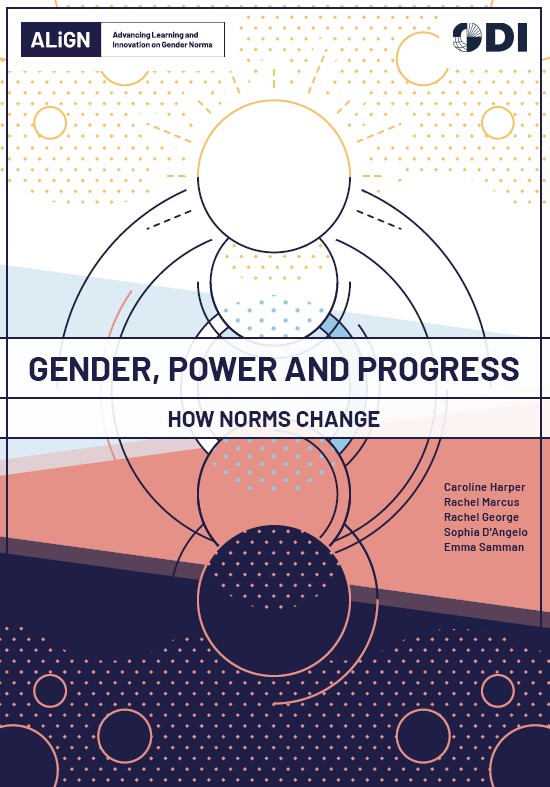
This report is about gender norms – the implicit informal rules about appropriate behaviour for people of different genders – that most people accept and follow. It is about the ways in which gender equality, women’s and girls’ rights and the norms that shape the ability to claim those rights, have progressed over time. It examines how gender norms have changed in the 25 years since the UN’s Beijing Platform for Action on women’s rights was set out in 1995, and their role in progress and setbacks to achieving these rights.
The report draws on global data and learning and explores:
- how gender norms have changed over the past quarter-century,
- what has supported and blocked changes to gender norms in a number of sectors, and
- how to ensure change is faster, and robust enough to resist backlash and crisis.
The report identifies 4 key areas critical to shifting gender norms to achieve lasting change:

Conceptual framework for norm change
ALIGN's new conceptual framework graphic shows the path a current norm takes, overcoming visible - as well as invisible - barriers to change into a new norm.
Education
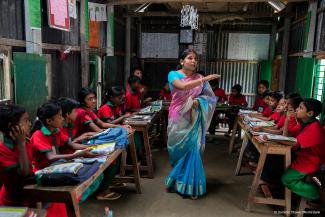
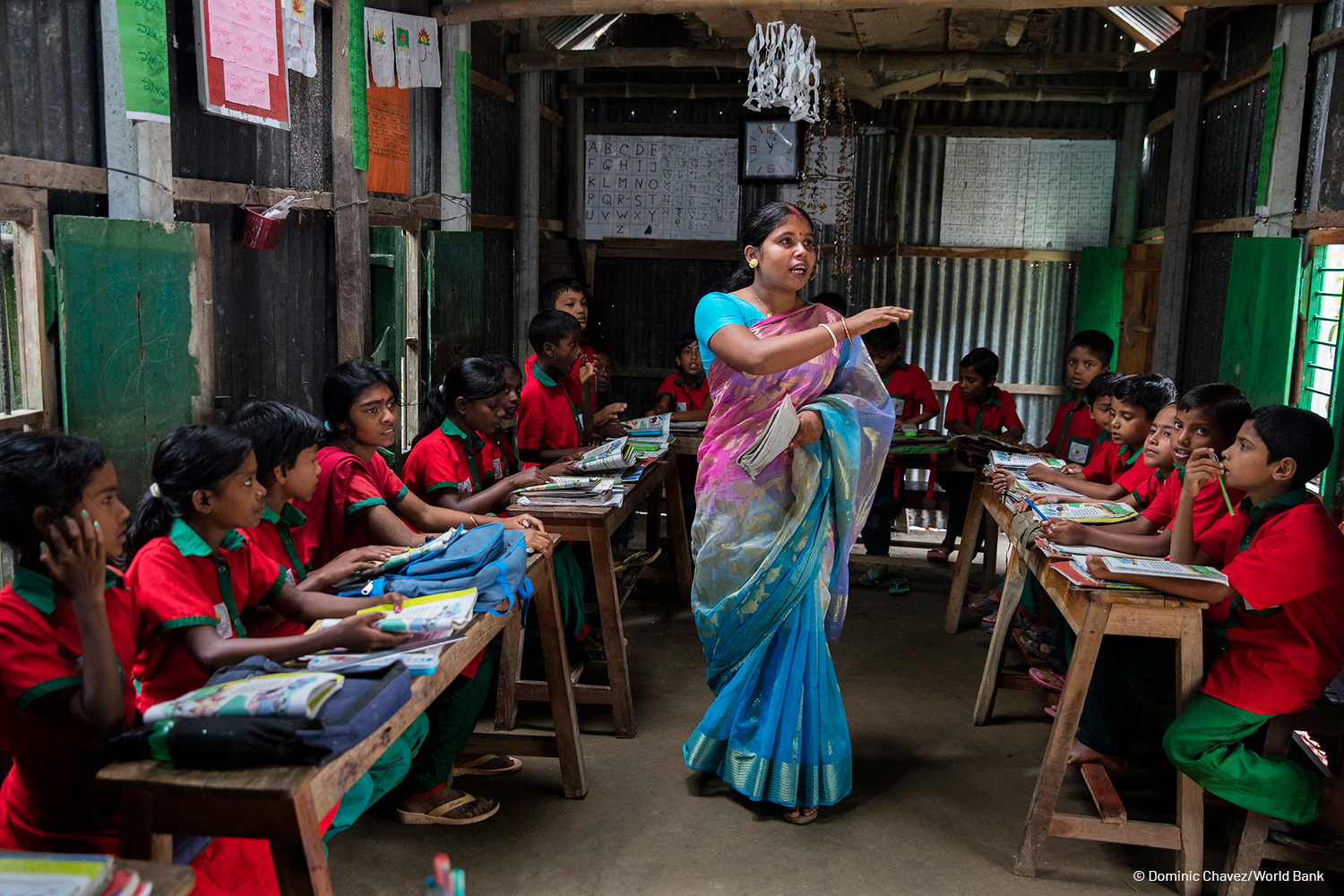
Sahabatpur village, Bangladesh.
© Dominic Chavez/World Bank
Education is the foundation for personal transformation and has huge potential to drive change – but it can also reinforce discriminatory gender norms.
The proportion of children and young people with some secondary education – the level of education that is most likely to catalyse shifts in gender norms – has increased substantially over the past 25 years worldwide. There is still some way to go, however. Although gender gaps in education have narrowed, girls in low-income countries and households – and particularly in rural areas – still account for most of the children who will never go to school at all. Adolescent boys, and especially those from poor households, are more likely than girls to drop out of school to work, meaning they miss out on education at a critical period in their lives when their attitudes towards gender equality are being shaped.
- Education drives progress towards more equal gender norms through exposure to new knowledge and ideas and by fostering new skills such as critical thinking, communication and collaboration. Good quality empowering education can transform the lives of individuals and help to build more gender-equitable societies.
- The global gender gap in access to education has narrowed over the past 25 years, with a more rapid increase in the proportion of girls than boys attending school at all levels. Though norms that prioritise the education of boys over that of girls have weakened, discriminatory gender norms continue to act as a ‘patriarchal brake’ that limits access and learning, particularly for girls in rural areas in low-income countries and households.
- There is evidence that discriminatory norms reassert themselves in a crisis. While reliable data are not yet available, the Covid-19 pandemic, like other pandemics and economic shocks, is expected to lead to a sharp increase in the number of girls who do not go back to schools when they re-open.
- At present, education is not living up to its full potential to drive change in gender norms. Even before Covid-related school closures, 258 million children of school age (with roughly equal numbers of girls and boys) were still out of school, and too few students have the chance to develop the key knowledge and skills that underpin norm change. Indeed, the ‘hidden curriculum’ of many schools reinforces rather than challenges discriminatory gender norms.
- For education to live up to its potential, action is needed in the following four priority areas:
- continued investment in access to schools and elimination of cost barriers
- major improvements in the quality of education, and more attention to a wider range of knowledge and skills
- institutionalising gender-equitable curricula, school environments, learning materials and teaching
- eradicating violence and discrimination from all educational institutions.
Share key message
4 priorities for #education to drive change in #gendernorms:
1️⃣reduce financial barriers to education
2️⃣improve quality (focus on knowledge & skills)
3️⃣gender-equitable curricula/schools/materials/teaching
4️⃣eradicate violence/discrimination
➡️ Read ALIGN Platform's flagship report on gender norms
Sexual and reproductive health and rights
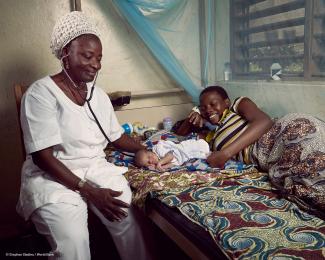
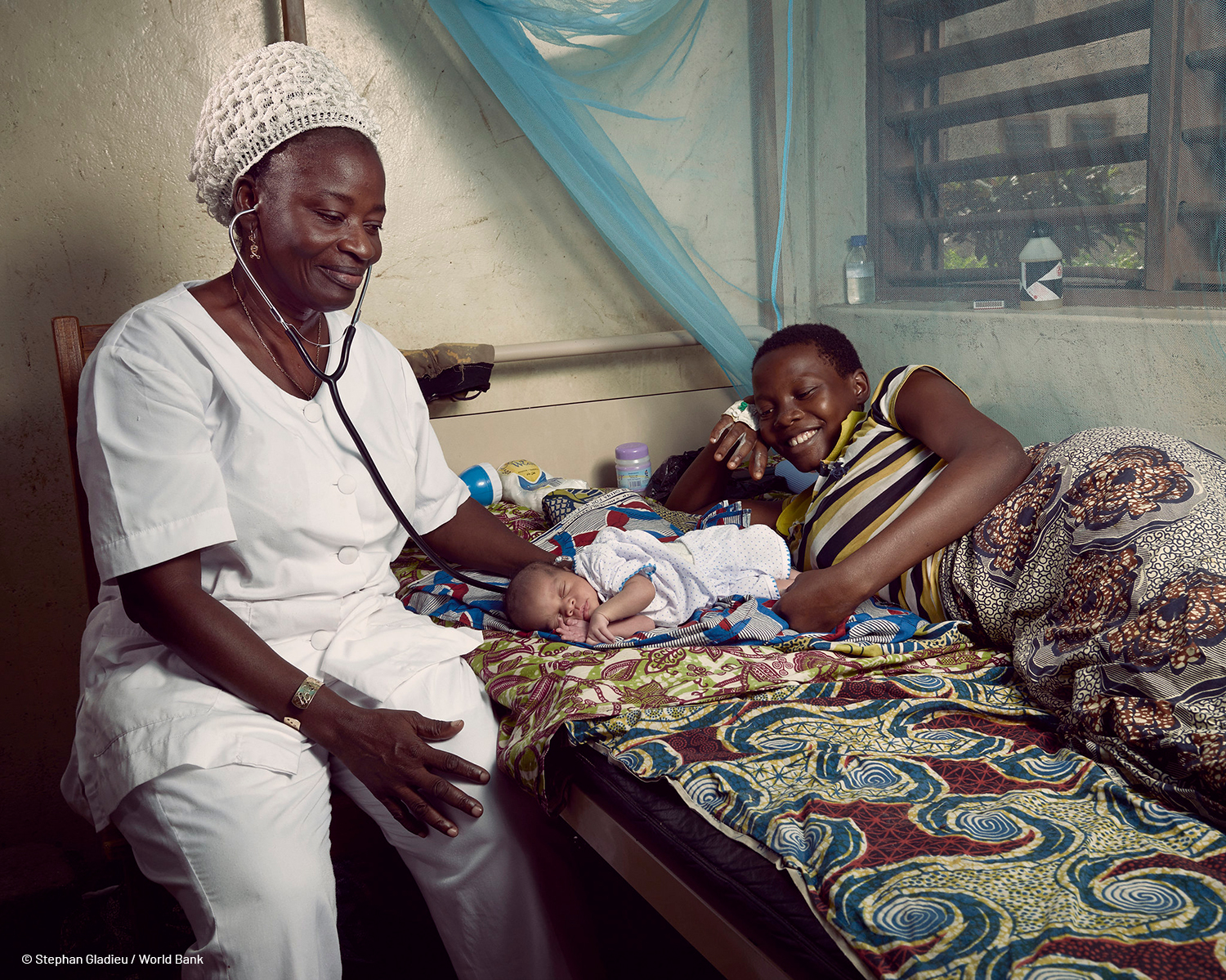
Benin, examines a newborn beside the
proud mother.
© Stephan Gladieu / World Bank
Sexual and reproductive health and rights enable women to make their own choices around childbearing, and can spur on women’s progress in other areas, such as work.
Gender norms lie at the heart of most people’s experiences of sexual and reproductive health and have shifted significantly in some areas and contexts. Norm changes since the Beijing Declaration can be seen in greater access to, and use of, contraception, as well as a falling global fertility rate: down from 2.9 to 2.4 births per woman between 1995 and 2018. Major differences remain, however, across and within regions, suggesting that patriarchal norms still block progress in some places, and in particular areas of sexual and reproductive health and rights. The norms that shape trends in physical and sexual violence, for example, remain particularly ‘sticky’.
Key messages
- The global fertility rate fell from 2.9 to 2.4 births per woman between 1995 and 2018, with significant regional differences. Sub- Saharan Africa still has some of the highest fertility rates worldwide, and its fertility rate is falling more slowly than in other regions.
- Contraceptive use has risen in Asia and Latin America in particular, although it remains low in sub-Saharan Africa.
- Men’s attitudes about their right to sex, and women’s attitudes about sex within relationships, have changed in some countries but not all.
- Norms around sexual and physical intimate partner violence are hard to change. Out of 24 countries with data, the prevalence of sexual and physical intimate partner violence has fallen in 18, stayed the same in one, and risen in five.
- Adolescent sexual activity has changed in some areas but not others. Adolescent fertility rates have fallen and while norms have shifted against child, early and forced marriage in many societies, the norms that restrict girls’ sexuality and value their virginity have remained.
- The LGBTQI+ community has gained growing acceptance in many countries, but continued (and in some cases increased) discrimination, violence or abuse in others.
- The drivers and barriers of norm change in sexual and reproductive health and rights include access to health services, contraception, and education (comprehensive sexuality education in particular), economic empowerment, legislation and community mobilisation and campaigning, as well as mass media, the Internet, and popular culture.
- Key actions to shift discriminatory norms around sexual and reproductive health and rights include:
- continuing to expand access to quality health services and contraception, including through mobile technologies for women and girls in rural and remote communities
- providing comprehensive sexuality education for all, particularly curricula that address issues of dominant patriarchal gender relations and empower girls and women
- facilitating mobilisation and social movements that aim to change norms at the individual and community level, as well as through legal systems
- leveraging mass media, popular culture, and the ubiquity of the Internet to foster more gender-egalitarian norms by portraying new behaviours for women and men.
Share key message
👍 #Gendernorms supporting child, early & forced marriage have reduced in many societies.
👎 BUT norms that restrict girls’ sexuality & value their virginity remain.
➡️ Read ALIGN Platform's flagship report on gender norms
Paid and unpaid work and care
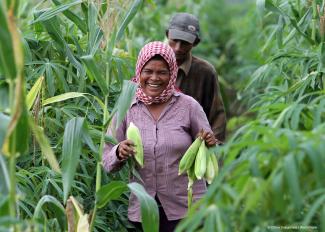
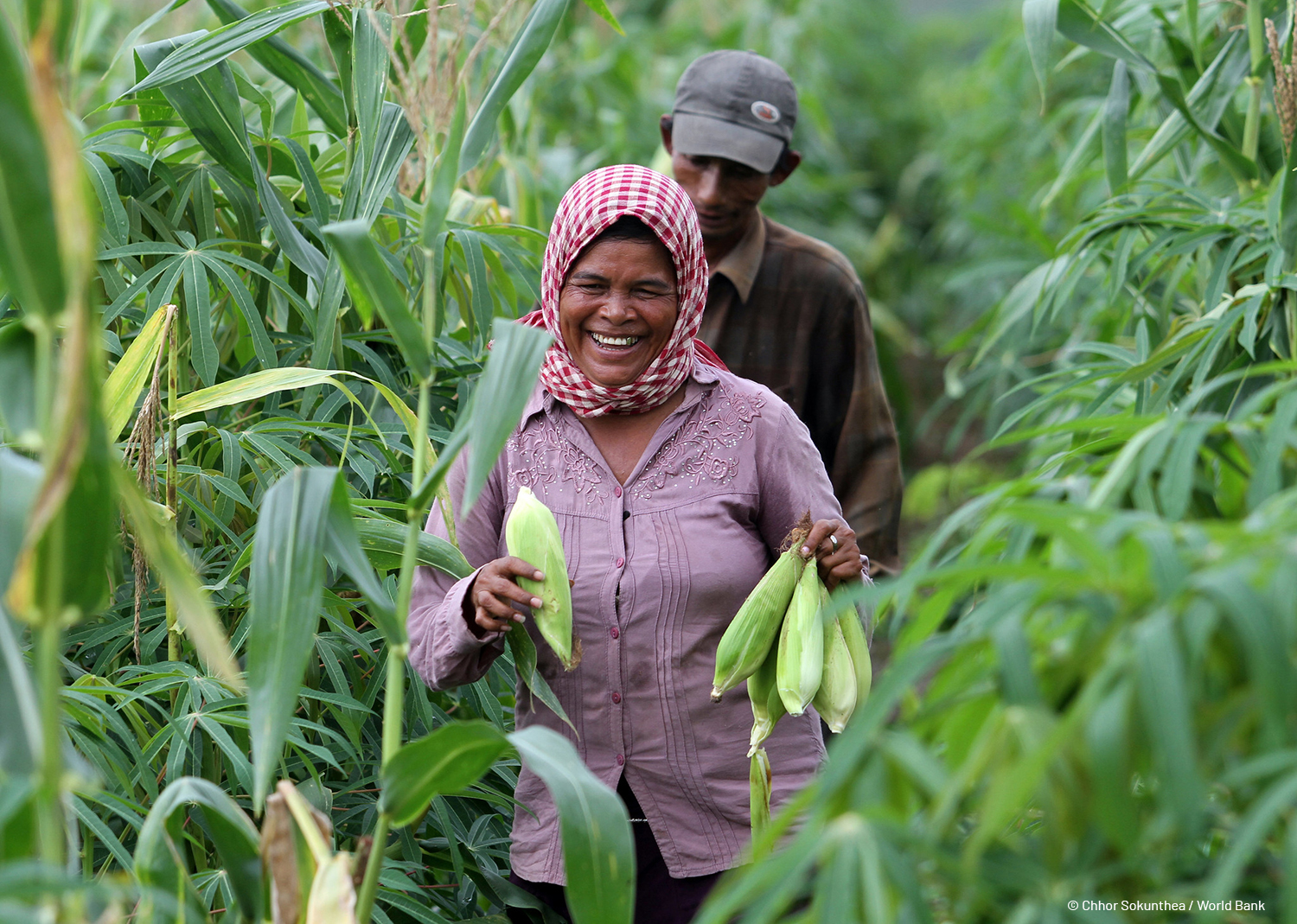
© Chhor Sokunthea / World Bank
Fair paid and unpaid work can boost women’s autonomy in many areas and shift norms within families and communities about power and control.
Contrary to common belief, paid work does not automatically empower women – particularly if working conditions are oppressive and exploitative. However, it often underpins greater autonomy for women and their greater influence in the family and in society, as well as widening their horizons more than unpaid work at home.
While global figures show little change in the proportion of women in the workforce over the past 25 years, some countries have experienced a notable increase, but others have seen substantial declines. The global aggregate figures show little change in the proportion of time women and men spend on unpaid care and domestic work (which is much higher for women than men), but there is an overall trend towards greater gender equality in many countries.
Key messages
- There has been little global progress on the scale of women’s participation in the labour force over the past 25 years. Global figures mask a rise in some regions, such as Latin America and a fall in others, such as South and East Asia.
- There has also been little change in the time women and men spend on paid work and on unpaid care and domestic work over this period, though the overall trend is towards greater gender equality in many countries.
- Attitudes have often changed much more than work patterns but there is huge variation: in most countries for which there are data, the proportion of people who agree that if jobs are scarce, men should have priority has fallen. In all 15 countries for which there are data, the proportion of people who fear that pre-schoolers suffer if their mothers work has also fallen – and by large margins in some countries – over the past 25 years.
- Rising education levels, shifts in economic structures that create more job opportunities, and gender-egalitarian changes in laws and policies can all interact in a virtuous cycle, leading to shifts in gender norms around paid and unpaid work.
- This cycle can, however, be blocked by a web of gendered norms that act as patriarchal brakes. These include norms around care responsibilities, the importance of maintaining respectability and chastity, and norms that tolerate gender-based violence.
- Promising approaches to shift the norms that limit women’s economic opportunities include community-, school- and workplace-based education on gender equality, equal care roles and the prevention of violence; the use of mass and social media to build momentum for norm change; and the development of good quality, affordable childcare services. These approaches need to be backed up by policies that can normalise women’s participation in the labour force, such as the expansion of decent work opportunities.
- Key actions to shift discriminatory gender norms around paid and unpaid work include:
- community-, school- and workplace-based education to shift norms around gender equality, equal care roles and gender-based violence
- the use of mass and social media to build momentum for norm change, particularly around equal care roles and to normalize women’s engagement in paid work
- facilitating the development of good quality, affordable childcare services, and
- enabling the expansion of decent work opportunities.
Share key message
❓What has led to positive shifts in #gendernorms related to paid & unpaid work in the last 25yrs❓
1️⃣ rising #education levels
2️⃣ more & improved job opportunities
3️⃣ gender-egalitarian changes in laws/policies.
➡️ Read ALIGN Platform's flagship report on gender norms
Political voice and representation

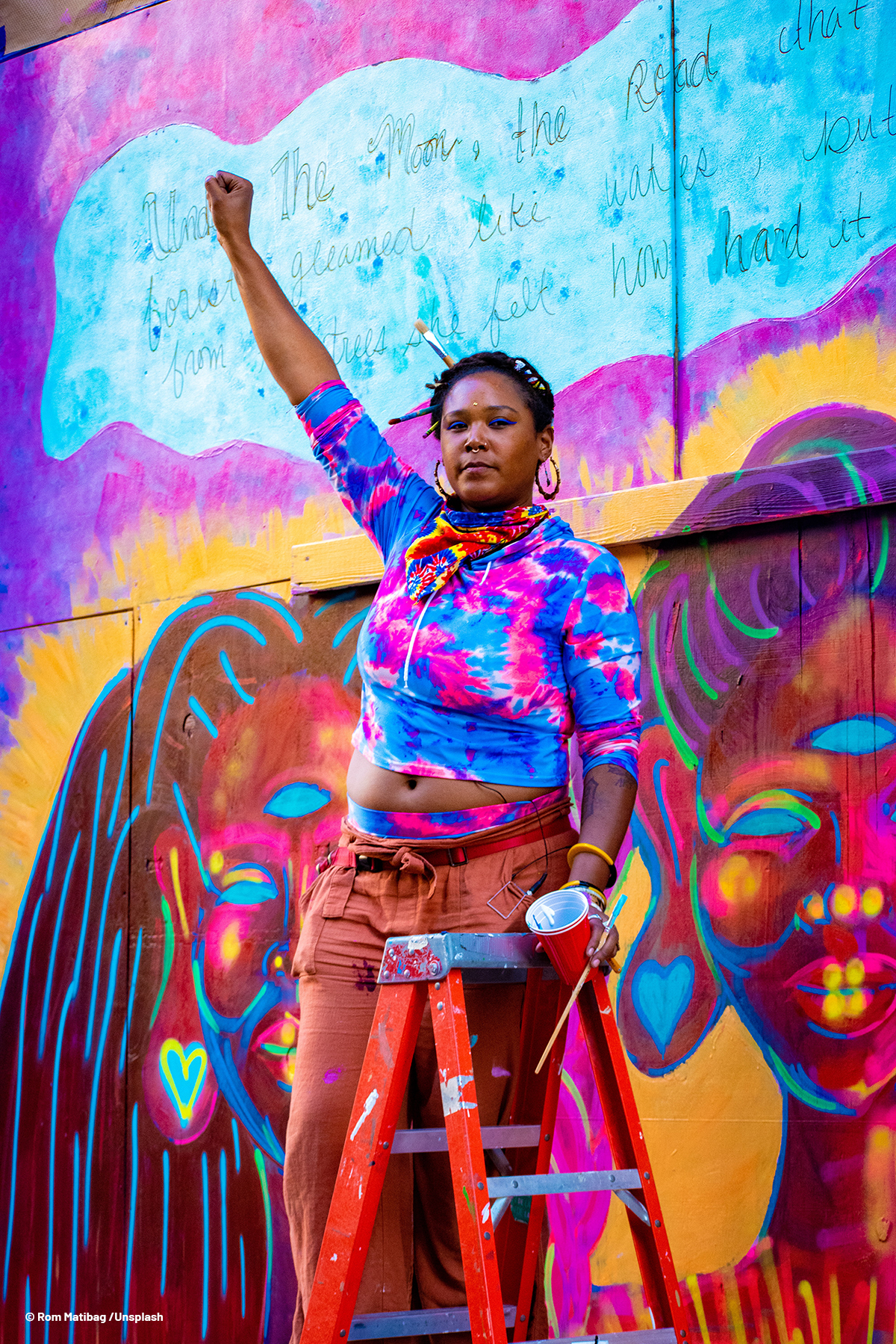
'Celebrate and Protect'
march in New York.
© Stephen A. Schwarzman/
Unsplash
Women’s political voice and representation are critical for women to vocalise their need for transformative change, and to support action to achieve that change.
Despite relatively significant gains on the legal rights of women to vote and stand for political office in the 20th and 21st centuries, discriminatory norms and society-wide barriers continue to hold back the representation and voice of women in politics. Gendered norms shape the ways in which male candidates are treated differently to women, and how men and women are held to different standards by the media, voters and other political actors when aspiring to power as well as when in power. These norms can also shape ongoing barriers to women’s political participation, such as the violence and harassment that targets individuals who are seen to violate the established norms that govern an often-masculine political space.
Key messages
- Women’s political representation and political voice – as reflected in parliamentary representation and participation in social movements – has increased, on the whole, since Beijing. Women’s representation in the world’s parliaments has, on average, doubled since 1997, rising from 12% to 25% -- a reflection and driver of changes in norms around women in power. However, at local level, fewer than 5% of the world’s mayors today are women and, on average, women account for only around 20% of local councillors worldwide. Women’s participation in protests and social movements has also increased slightly overall since 1995.
- Gender norm change is part of the story of progress – though not the whole picture – and the pace of change remains slow. According to World Values Surveys, in the mid- 1990s, 50% of people surveyed globally agreed that 'men make better political leaders' – a share that has since fallen to 35%.
- A reduction in gender discriminatory attitudes is sometimes linked to more representation, but not always, and more representation itself does not guarantee changes in deeply embedded norms: it may simply reflect the greater empowerment of an elite class of women.
- Drivers of norm change around women’s political voice and representation have included wider gains in gender equality, including in women’s economic inclusion and empowerment, the influence of role models and the collective agency amplified by women’s political movements. Quota systems have sometimes played a role – particularly voluntary quotas within political parties – but their impact has varied.
- Key barriers to progress in this area include unequal care responsibilities, violence against women in politics, online harassment, and gendered media coverage of female political candidates.
- Actions to support changing norms around women in politics include: mentoring and civic education initiatives - including those focused on supporting a diversity of women’s involvement in civic life, skills training, capacity building initiatives, initiatives to prevent and protect women against politically motivated violence, and support for women’s groups and movements.
- Key actions to shift discriminatory norms in women’s political voice and representation include:
- mentoring and civic education initiatives for women and girls who aspire to political roles and activism
- skills training and capacity building activities for women in political roles
- targeted political violence prevention and protection measures, alongside gender sensitisation for actors engaging with and covering politics, and
- support for women’s groups and movements to enable women’s collective social and community voice and action.
Share key message
Key actions to shift discriminatory #gendernorms in political representation
✔️women's mentoring/civic education initiatives
✔️skills training/capacity building
✔️political violence prevention/protection
✔️support for women’s groups/movements
➡️ Read ALIGN Platform's flagship report on gender norms
Important observations
For norm change to be sustainable it must capture the hearts and minds of individuals and transform society as a whole. In other words, not only must social expectations, personal attitudes and behaviour shift, but also the ways in which these are represented in wider society, across all the formal and informal rules and laws and practices that govern the way human beings behave.
The report makes 3 important observations about the nature of norm change:
- Shifts in gender norms often take a long time to develop and progress often stalls and plateaus before moving on. Our expectations regarding the speed of change must be realistic;
- Changes in gender norms often take place at unequal speeds, with the most disadvantaged often left far behind. Attention to issues of intersectionality are vital to progress change;
- Progress often seems to stall, repeatedly, at the very point when women are poised to achieve significant change or power. Persistence is essential.
Share key message
3 tips for working on #gendernorms:
✔️Realistic expectations - change takes time
✔️Intersectionality is vital - change doesn't uniformly benefit all
✔️Persistence is essential - progress stalls often as women are poised to achieve change
➡️ Read ALIGN Platform's flagship report on gender norms
- Tags:
- Education, Social movement, Political representation and mobilisation, Sexual and reproductive health, Normative change
- Countries / Regions:
- Global
